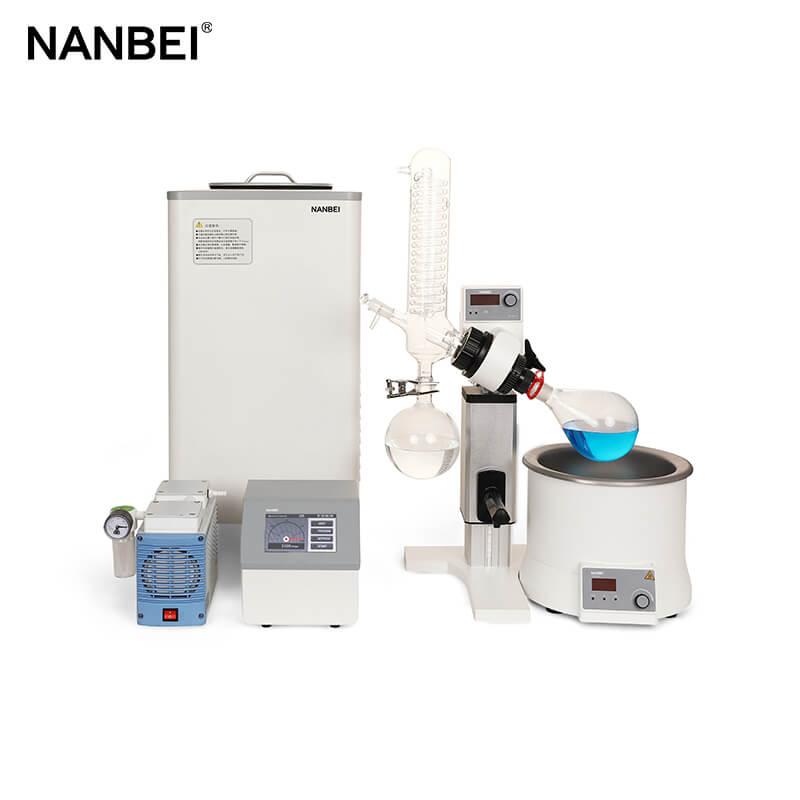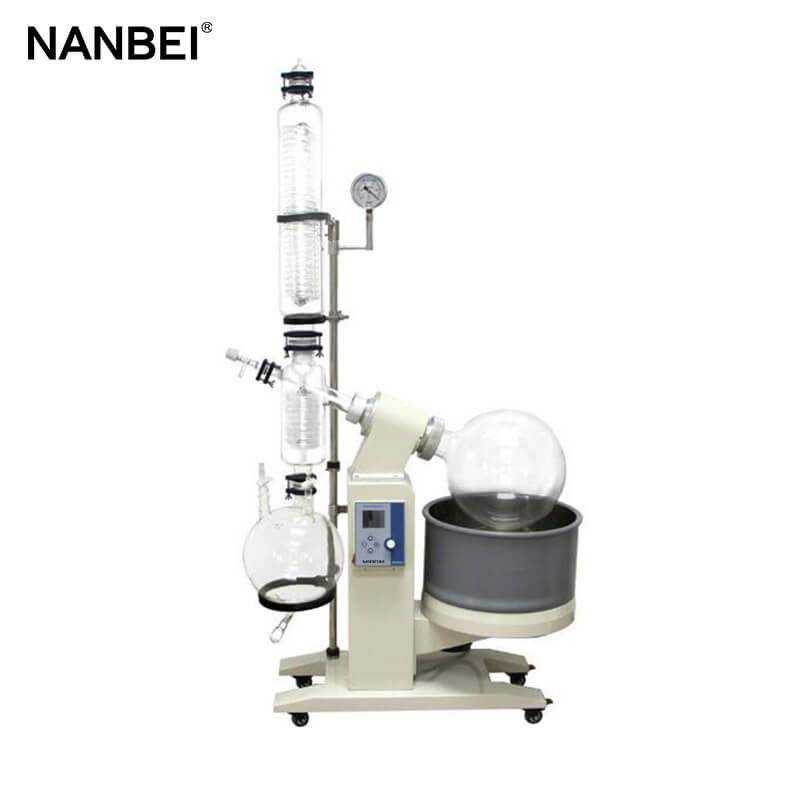 Mobile: +86 15890068607
Mobile: +86 15890068607
 Email: nanbeiinstrument@nanbei-china.com
Email: nanbeiinstrument@nanbei-china.com
 Mobile: +86 15890068607
Mobile: +86 15890068607
 Email: nanbeiinstrument@nanbei-china.com
Email: nanbeiinstrument@nanbei-china.com
Before choosing a rotary evaporator, you need to know some things, such as the amount of distillation at one time, the number of samples that need to be distilled per day, what solvents will be distilled, the boiling point range of solvents, and whether the solvent is flammable, explosive or toxic and harmful. Then you can choose a rotary evaporator based on the experimental requirements and the type of solvent to be distilled.

Tips for choosing a rotary vacuum evaporator:
1. Core technology
Under the corrosion of various solvents and in the state of motion, whether the system can maintain a high vacuum degree is the most important criterion for measuring the rotary evaporator.
2. Factors affecting efficiency
The main factors affecting the efficiency of the rotary evaporator are steam temperature, vacuum degree and cooling water temperature. Restricted by the heat resistance of certain materials, it is impossible to increase the steam temperature infinitely during work, so high vacuum and low cooling water temperature are the two main factors to improve efficiency.
3. Difference between vertical condenser and oblique condenser
Vertical condensers take up little space, and large-capacity evaporators generally use vertical condensers, but there is no difference between these two in essence.

4. Model selection
2L, 3L, 5L rotary evaporators are suitable for laboratories and small sample tests, 5L, 10L, 20L for pilot tests, and 20L, 50L for pilot tests and production, especially for the extraction of materials that need to avoid metal ion contamination.
5. Selection of vacuum pump
It is recommended to select various solvent-resistant circulating water vacuum pumps, which can be vacuumed to -0.098MPa, and can meet various application requirements.
* HOT ARTICLE
Welcome to the official website of the Nanbei Group *